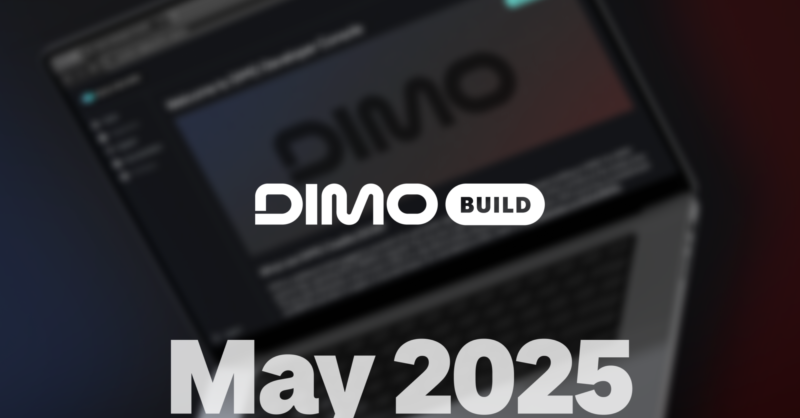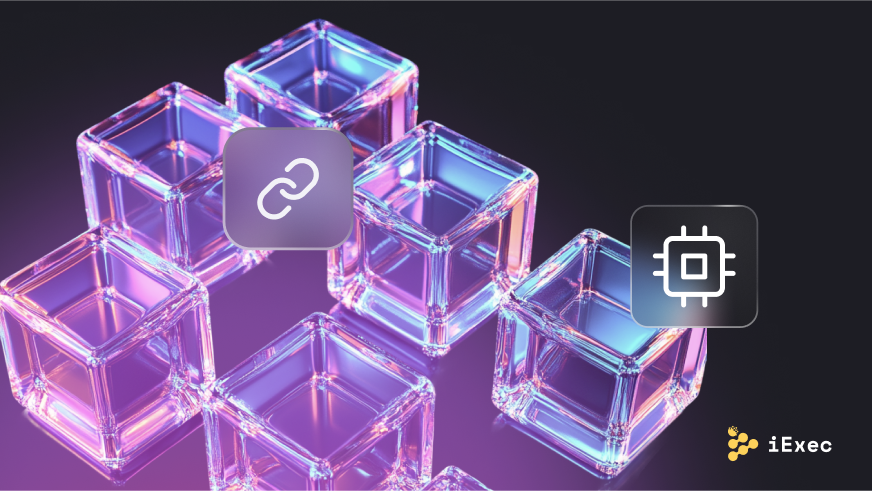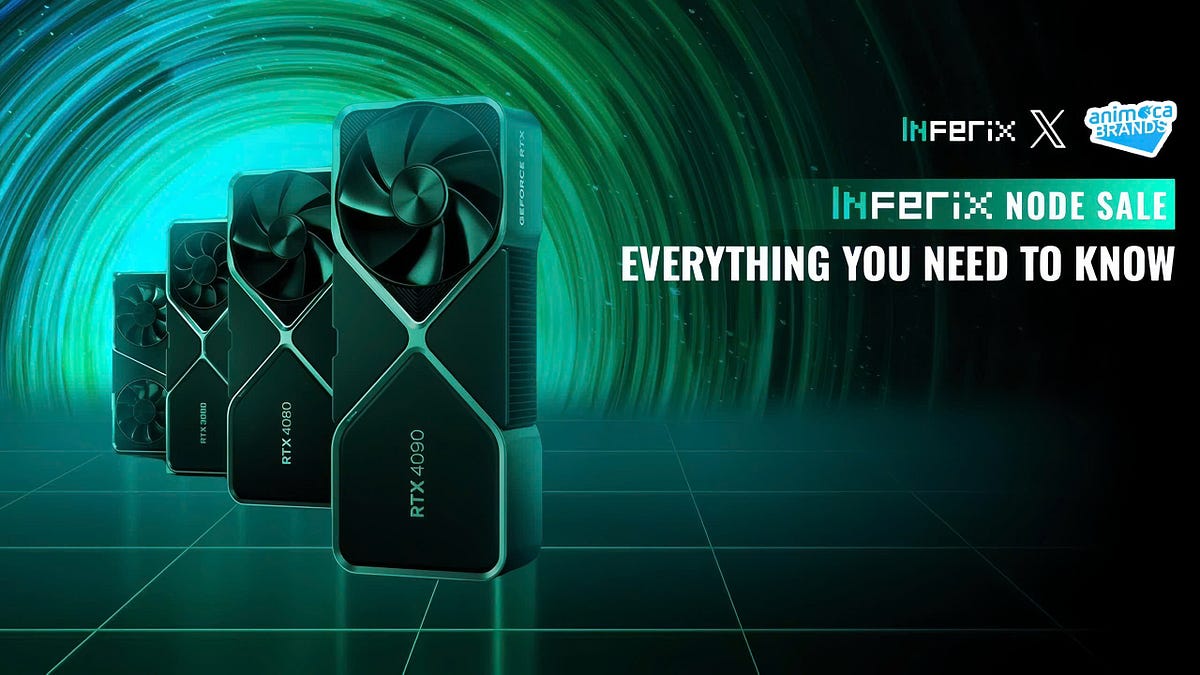Pulse Expands Beyond Blockchain to Revolutionize Health Data Ownership
Pulse, a health data platform, is expanding its reach beyond blockchain borders to address the fragmented nature of health data ownership. The core thesis of Pulse emphasizes that technology should serve the product, allowing users to benefit from true data ownership without needing to understand the underlying blockchain technology. Initially rooted in the Solana ecosystem, Pulse has found synergy with the Monad community, recognizing the compatibility between crypto culture and health culture. This realization has fueled their ambition to create a comprehensive health ecosystem where users can truly own their data and be rewarded for healthy habits.
The challenges that Pulse aims to tackle, such as fragmented health data and the lack of rewards for healthy behaviors, are universal issues that extend beyond the crypto community. By adopting an omnichain strategy, starting with Movement and Berachain, Pulse seeks to leverage the unique strengths of each blockchain while maintaining a consistent user experience. This approach ensures that users can interact with their health data seamlessly, regardless of the blockchain they choose. Pulse is designed for everyone, from casual users to dedicated athletes, aiming to empower individuals in their health journeys.
Looking ahead, Pulse plans to launch on additional chains, introduce new features that bridge web2 and web3 health experiences, and integrate AI agents to enhance user engagement. The vision is to create an open health network that democratizes health data ownership, making it accessible and beneficial for all. As Pulse expands, it remains committed to its early community members, ensuring that no one is left behind in this mission to revolutionize health data management. The future of health data is poised to be open, connected, and user-controlled, with Pulse leading the charge.
Related News





